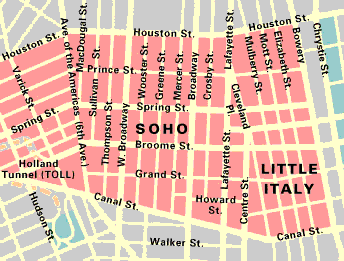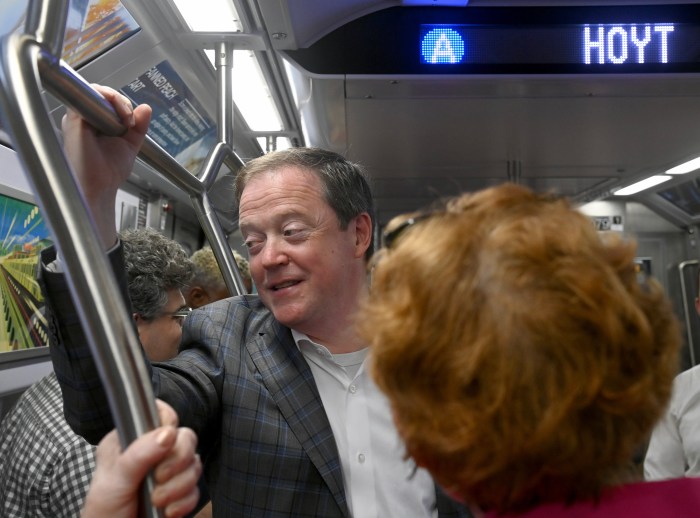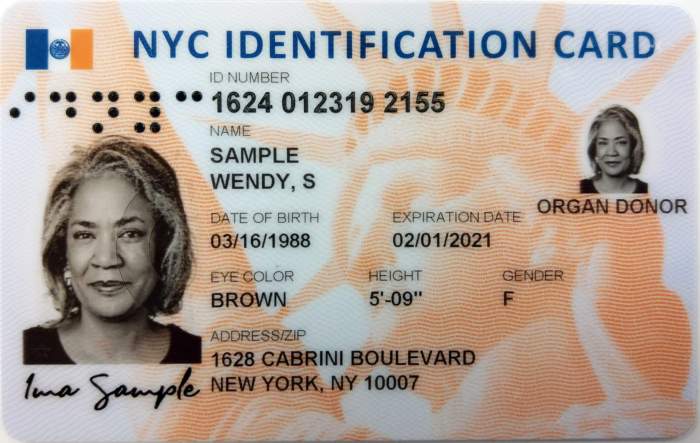BY MARGARET S. CHIN | Having read Sean Sweeney’s opinion piece published in The Villager last week about the City Council’s approval of the Soho Business Improvement District, I want to take this opportunity to correct some of the misinformation circulating about this historic achievement for our community.
Soho is one of the most vibrant neighborhoods in our city, home to pioneering residents, artists and businesses that together forged a veritable mecca of culture and commerce. As a result, Broadway has grown into one of New York’s most popular shopping areas. While we welcome visitors, this increase in foot traffic has led to problems, including sidewalk overcrowding, sanitation issues and marked increases in vending, vehicle traffic and vehicle idling. The overall wear and tear on the streetscape has diminished the quality of life for residents in Soho and left a mess that the city’s Department of Sanitation simply cannot keep up with.
In response, residents and property owners along Broadway came together to take back their community, forming a coalition that would advocate for the rights of those who made Soho the lively hub it is today. The Soho BID is the result of three years of dialogue and compromise. From the beginning of this process, I insisted upon meaningful participation from all stakeholders — commercial property owners, residential property owners and residential tenants alike. After three years of constructive conversations, a town hall meeting, countless hours of outreach to residents by the BID’s Steering Committee, rounds of modifications to the Soho BID district plan (which is the BID’s governing document), and significant changes to the BID’s budget, it is impossible to claim that this process was somehow closed or secretive. As anyone who chose to participate in this project knows, such transparency and inclusiveness take time. I, as the duly elected representative of the First Council District, would not allow any proposal impacting my constituents to come before the City Council for a vote without ample opportunity for community input and feedback.
Under the Soho BID:
• Residents of cooperatives and condominiums pay the same rate — $1.
• The focus of this proposal is not to publicize Soho and bring more visitors to the neighborhood, but to ensure that the streets we walk are clean and free of debris and litter.
• For the first time ever in BID history, it is mandated that 50 percent of the Soho BID governance will be comprised of residential property owners and 50 percent will be comprised of commercial property owners. This will ensure that this business improvement district will be, in practice, a Residential and Business Improvement District.
• The provision for community engagement and reporting on BID business will guarantee an unprecedented level of transparency for a nonprofit of this type.
• This agreement will ensure residents’ concerns are taken seriously and handled in a timely manner.
This BID will supplement the services that are currently provided by the city and will serve to enhance the residential fabric of Soho community. The additional services will be paid for by the commercial property owners, and the services will benefit ALL property owners and tenants within the BID’s boundaries. This is not a tax, but something more akin to property owners coming together to collectively cover the costs for enhanced sanitation services, which in these economic times, the city is unable to fund itself. Property owners clearly understand the value of these services — after the public hearing, only 2.7 percent of property owners (seven out of 280) located within the proposed BID filed objections.
Contrary to Sweeney’s claims, the passage of the Soho BID happened with all due public notice. The votes taken on Oct. 9, 2013, by the City Council’s Finance Committee and the full Council were announced eight days in advance of the Finance Committee hearing and Stated Council Meeting. In addition, a draft of the memorandum of understanding was circulated to residents and commercial property owners along Broadway, so that they were fully aware of what the finalized agreement would cover. Community engagement has served as a guiding principle throughout this process, and the final vote on Oct. 9 was no exception.
The memorandum of understanding is a direct product of three years of community collaboration. It was signed by a majority of the Steering Committee, and it is a public document available on the City Council Web site. I have also provided a copy to The Villager. Perhaps there was some confusion on the part of the talking point’s author regarding the draft document that was circulated to the community for review, and the final document that was signed by myself and the members of the Steering Committee, entered into the public record of the New York City Council, voted on by the Finance Committee and the full City Council, and which will soon be signed into law by the mayor.
The Soho BID is a proposal we can all be proud of. It is the result of true community partnership. Together, we were able to achieve an original and historic agreement that works for Soho. I look forward to seeing the fruits of our hard work benefit the people who live, visit and work in the Soho neighborhood for years to come.
— Chin is city councilmember for the First District


















